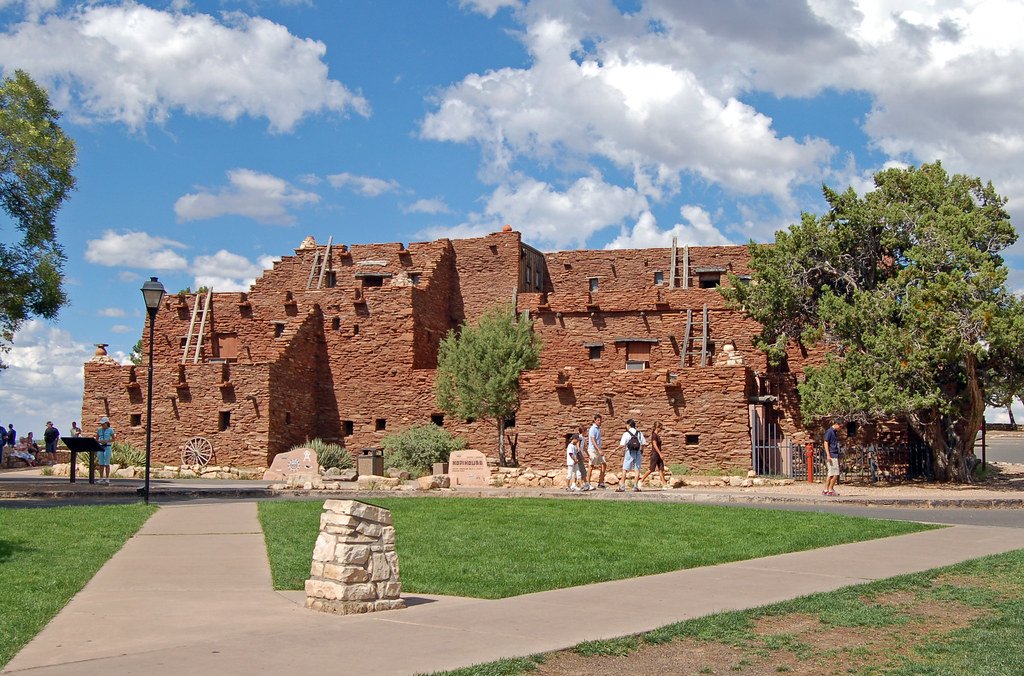The Hopi Traveler’s Guide: Exploring Ancient Wisdom and Modern Wonders

When you think of a traveler, you might picture someone backpacking through Europe or exploring the busy streets of Tokyo. But what about a journey that’s more about the soul and less about the miles? Enter the Hopi traveler—a seeker of wisdom, a student of the earth, and a lover of history. The Hopi people, native to the American Southwest, have a rich cultural heritage that beckons the curious and the adventurous alike. So, whether you’re a history buff, a nature enthusiast, or simply someone looking to connect with something greater, the journey of a Hopi traveler offers an experience like no other.
The Journey Begins: Who Are the Hopi?
Before packing your bags, it’s essential to know a bit about the Hopi people. Located primarily in northeastern Arizona, the Hopi have lived on the same lands for over a thousand years. Their villages, perched high on mesas, are among the oldest continuously inhabited communities in the United States. But the Hopi aren’t just a relic of the past—they’re a living, breathing culture with traditions and wisdom that have been passed down through generations.
The Heartbeat of Hopi Culture
At the core of the Hopi way of life is a deep connection to the earth. Their agricultural practices, especially dry farming, are a testament to their ingenuity and resilience. The Hopi grow corn, beans, and squash—known as the “Three Sisters”—using methods that have sustained them for centuries. This connection to the land isn’t just about survival; it’s spiritual. The Hopi believe in maintaining harmony with nature, a lesson that resonates profoundly with the modern-day Hopi traveler.
Hopi Art and Symbols: More Than Meets the Eye
If you’re the kind of traveler who loves to bring back something unique, you’ll be fascinated by Hopi art. From intricate Kachina dolls to beautifully crafted pottery, each piece tells a story. These aren’t just souvenirs; they’re windows into the Hopi worldview. The Kachina dolls, for instance, represent spirit beings that play a vital role in Hopi ceremonies. When you hold a piece of Hopi art, you’re not just holding an object; you’re holding a piece of their history, their spirituality, and their identity.
The Hopi Landscape: Nature’s Masterpiece
Now, let’s talk about the landscape. If you’re a Hopi traveler, the land itself is your guidebook. The Hopi Reservation is nestled within the larger Navajo Nation, and the landscape is nothing short of awe-inspiring. Imagine vast mesas stretching into the horizon, with the sky painted in hues of pink and orange as the sun sets. The Hopi Mesas—First, Second, and Third—are the heart of the Hopi world. These mesas are not just landforms; they are central to Hopi cosmology and history.
Must-Visit Spots for the Hopi Traveler
So, where should you go if you’re looking to immerse yourself in Hopi culture and history? Here are a few must-visit spots:
- Walpi Village: Located on First Mesa, Walpi is one of the oldest continuously inhabited villages in the United States. Walking through its ancient stone houses feels like stepping back in time.
- Oraibi Village: Situated on Third Mesa, Oraibi was once the largest Hopi village and is believed to have been founded around 1100 AD. It’s a place where history whispers from every corner.
- Hopi Cultural Center: If you want to learn more about Hopi history, art, and traditions, this is the place to be. The center offers exhibits, workshops, and even a restaurant where you can taste traditional Hopi dishes.
Hopi Ceremonies: A Glimpse into the Sacred
One of the most profound experiences for a Hopi traveler is witnessing a Hopi ceremony. The Hopi calendar is filled with ceremonies that mark the changing seasons, honor the earth, and connect the community with their ancestors. These ceremonies are private and sacred, but on occasion, visitors may be invited to observe. If you ever have the chance to witness one, consider it a rare and incredible privilege. Remember, though, to approach with the utmost respect—these aren’t performances, but deeply spiritual practices.
Tips for the Hopi Traveler: Do’s and Don’ts
Traveling through Hopi lands is a journey of respect and understanding. Here are some tips to keep in mind:
- Do: Learn a few Hopi phrases. It’s a great way to show respect and connect with the locals.
- Don’t: Take photographs without permission, especially during ceremonies. The Hopi value their privacy and sacred practices.
- Do: Purchase Hopi art directly from the artists. This supports their community and ensures you’re getting an authentic piece.
- Don’t: Wander off the designated paths. The land is sacred, and it’s important to stay within the areas open to visitors.
The Modern Hopi Traveler: Blending the Old with the New
In today’s world, the Hopi traveler isn’t just someone exploring ancient traditions; they’re also navigating the challenges and opportunities of modernity. The Hopi people, like all indigenous groups, face issues such as climate change, economic development, and the preservation of their culture in a rapidly changing world. Yet, they continue to adapt while holding firmly to their values.
Hopi Cuisine: A Taste of Tradition
No journey is complete without indulging in local flavors, and the Hopi have some delicious dishes that are a must-try. From piki bread, a paper-thin blue cornbread, to hominy stew, the flavors are as rich as the culture. These dishes aren’t just meals; they’re a way of connecting with the land and the people who have cultivated it for generations. For the Hopi traveler, tasting the local cuisine is like savoring a piece of history.
FAQs for the Aspiring Hopi Traveler
Q1: Can I visit the Hopi villages year-round?
A: Yes, but keep in mind that certain areas may be restricted during specific ceremonies or for other reasons. It’s always a good idea to check ahead of time.
Q2: Is it okay to buy Hopi art online?
A: While you can find authentic Hopi art online, purchasing directly from the artists ensures you’re supporting their community and getting an original piece.
Q3: What’s the best way to learn about Hopi traditions?
A: Visiting the Hopi Cultural Center, attending workshops, and engaging with the local community are great ways to immerse yourself in Hopi traditions.
Conclusion: The Journey of a Lifetime
Being a Hopi traveler isn’t just about visiting a place; it’s about embarking on a journey of the mind, body, and spirit. The Hopi people, with their deep connection to the earth, their rich cultural traditions, and their resilient spirit, offer a unique perspective on what it means to live in harmony with the world around us. So pack your bags, open your mind, and get ready to experience a journey like no other. The road may be long, but for the Hopi traveler, the destination is always worth it………here



